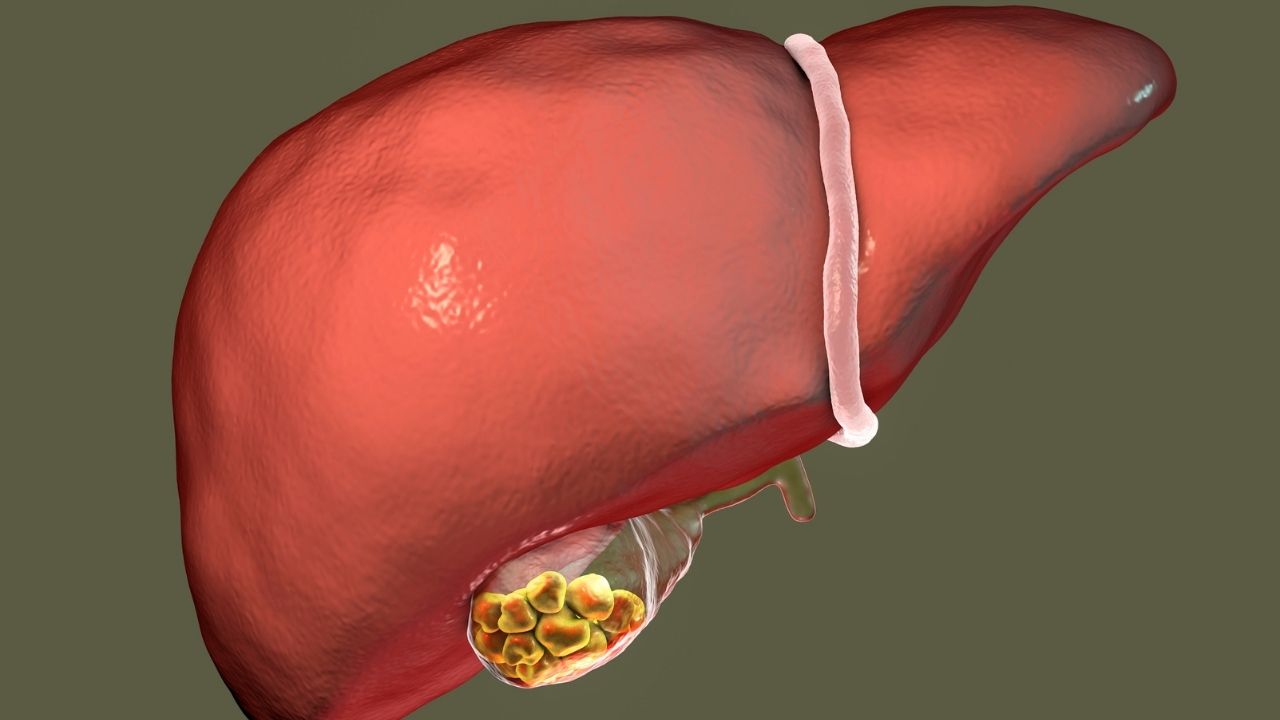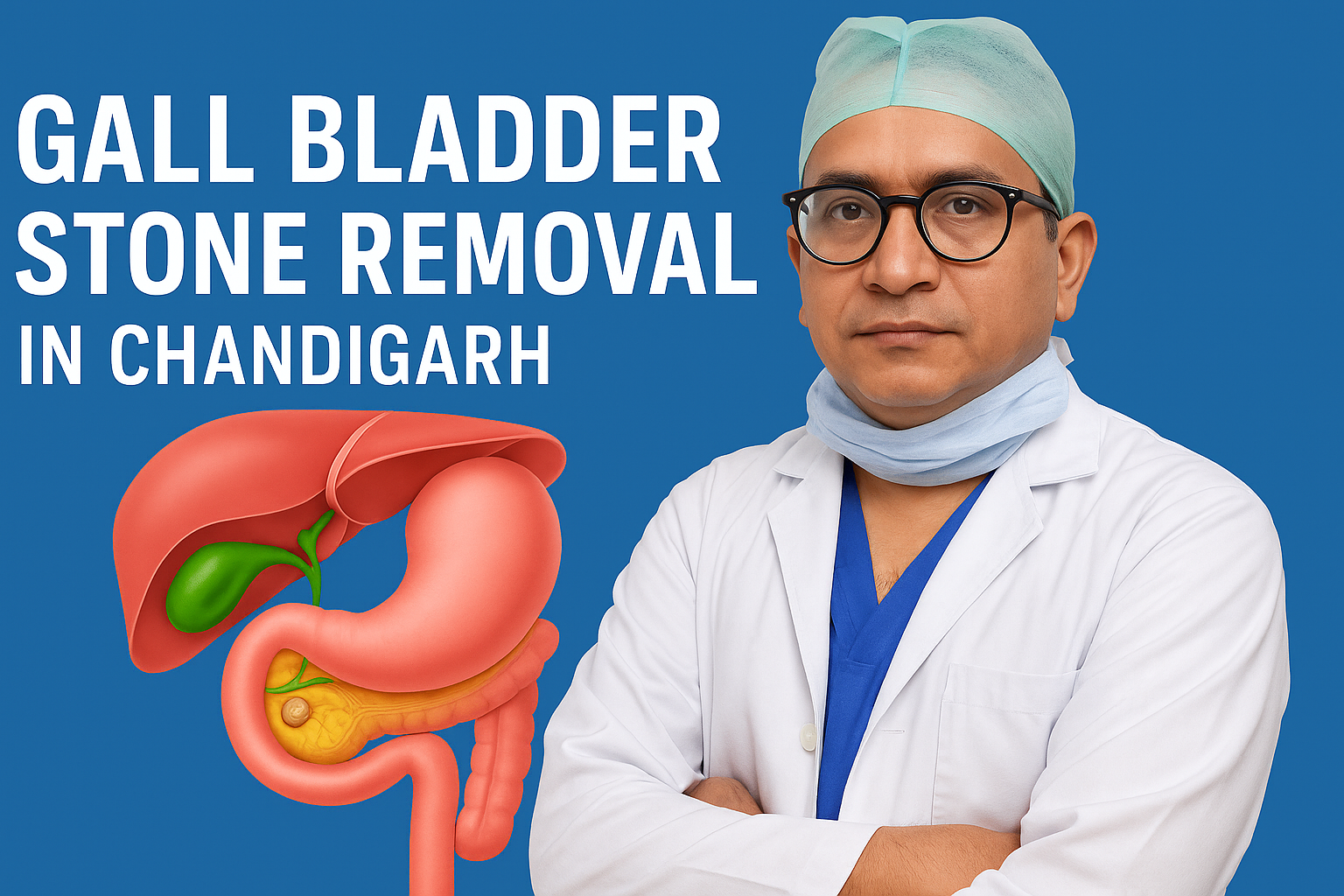Scrub typhus is one of the important, yet underrated infectious diseases, and presents with a wide range of symptoms, sometimes overlapping with symptoms of other common fevers making the diagnosis a difficult task to pursue. A mite-borne bacterium, Orieintia tsutsugamushi, causes this acute febrile illness, transmitted by a mite larvae bite known as chiggers to humans.
The symptomatic manifestation of this condition is very important for the diagnosis to be made and to provide early treatment in order to avoid the occurrence of serious complications.
Scrub Typhus Causes and Symptoms
Scrub typhus has a definite causative agent and a spectrum of clinical symptoms. It is imperative to have comprehensive knowledge of the causal factors as well as the clinical symptoms for prevention and early clinical treatment.
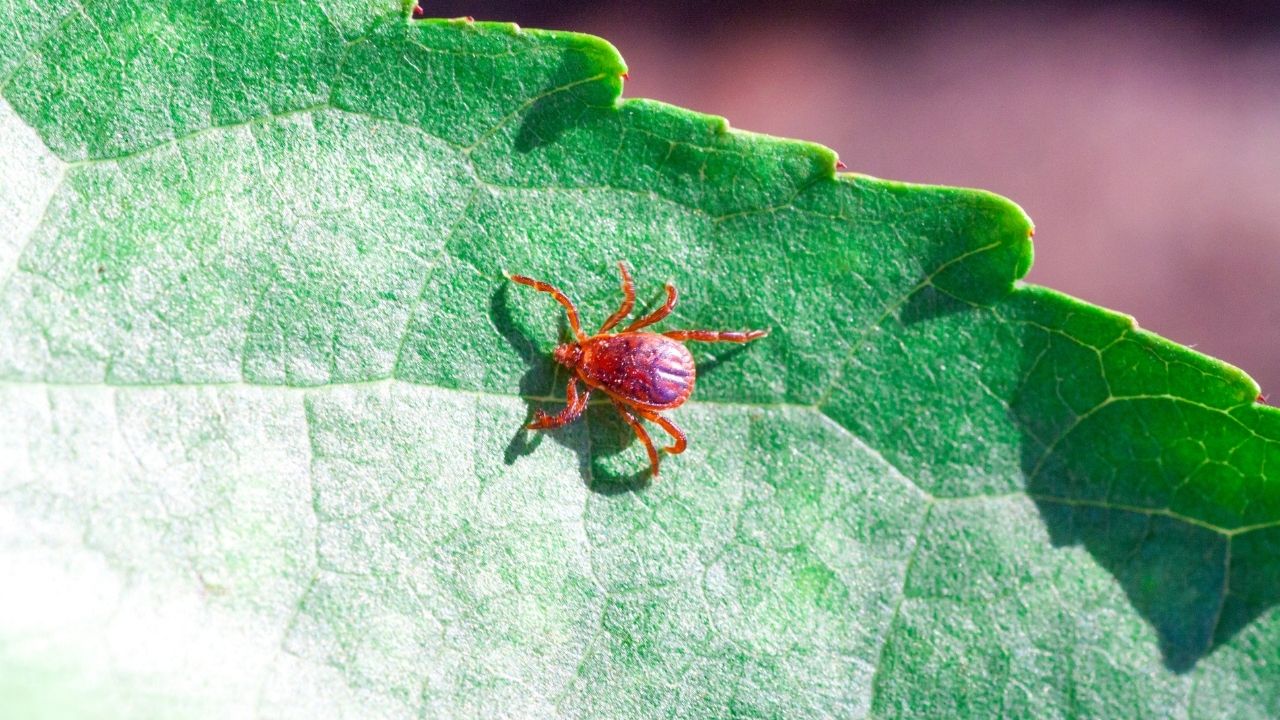
What is the Main Cause of Scrub Typhus?
Scrub typhus is caused by the obligately intracellular bacterium Orientia tsutsugamushi. The life cycle of this bacterium is kept alive by some species of trombiculid mites, like chiggers. These mites are often found in the leaves of rural and semi-rural areas around the world.
The disease is transmitted to man by an infected chigger, which bites and becomes attached to the skin. These parasites transmit the tsutsugamushi bacterium to the human host while feeding through their saliva.
Chigger bite is almost imperceptible to the person ( it does not hurt) . A common sign of chigger bites is a red, dry patch. This patch is scaly and dead skin forms where the chigger fed.
Orientia tsutsugamushi is the parasite that causes human scrub typhus. It spreads in specific areas through its natural hosts. These hosts include mites, rodents, and other small mammals. They help maintain ongoing infections.
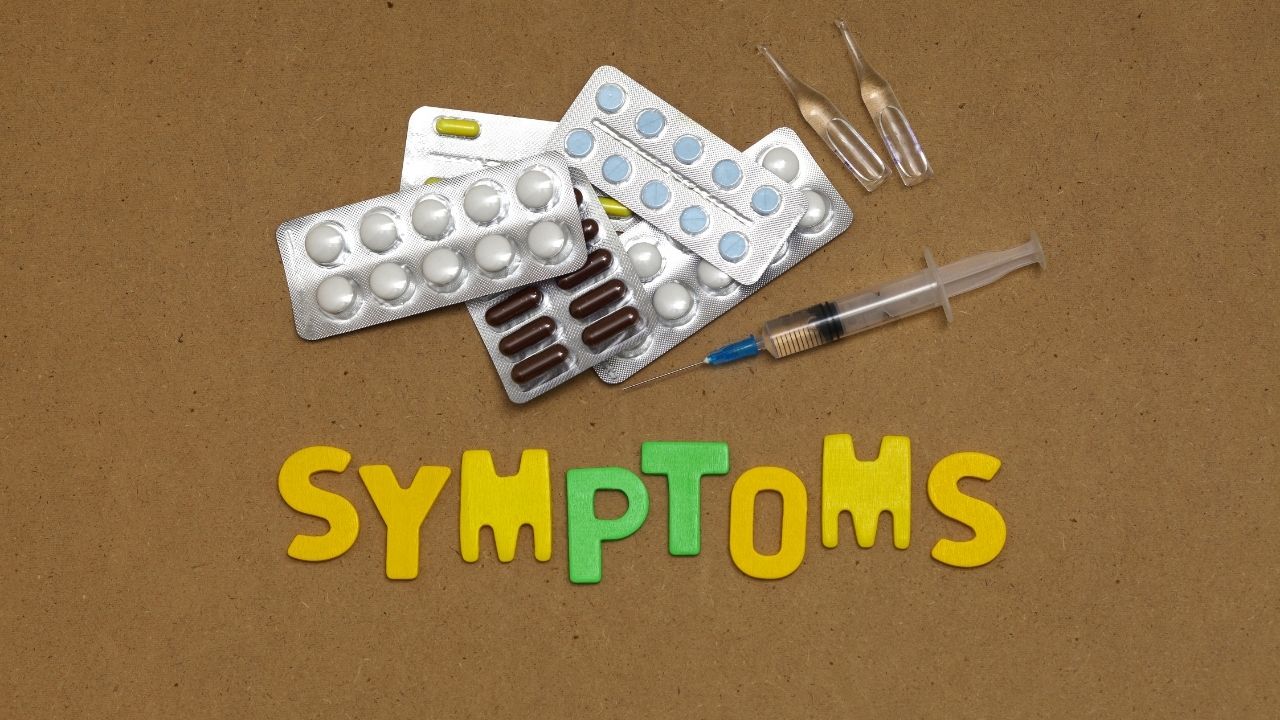
What are the Symptoms of Scrub Typhus?
The symptoms of scrub typhus start 6 to 21 days after a bite from an infected chigger. Patients often present with nonspecific symptoms and there may be a delay in establishing a diagnosis. However, presence of typical manifestations would raise the clinical suspicion towards scrub typhus. Symptoms Include:
Fever: High-grade fever is the hallmark of scrub typhus, usually 102-104°F (39-40°C) or higher. The fever may have several patterns, such as consistent high patient temperatures or cyclic spikes.
Chills: Shivering, chills (shaking rigors), or rigor occur during the initial stage and may continue as the fever progresses.
Headache: Severe headache, often frontal (forehead) or retro-orbital (behind the eyes), is a universal patient complaint.
Muscle pain (Myalgia): Widespread body pain is top most in the symptom list of scrub typhus patients.
Cough: Dry cough, which is unproductive in some patients, can develop further in the disease.
Gastrointestinal Symptoms: There have been reports of a few patients having upset stomach symptoms like nausea, vomiting, abdominal pain.
Swollen lymph nodes : Also known as lymphadenopathy, these are important signs in a clinical exam. These nodes usually drain the area around the chigger bite. This regional lymphadenopathy may be the most valuable clue to the diagnosis.
Rash: A characteristic rash usually develops a few days after the onset of fever, between the 4th and 10th day. The rash may be flat and discolored (macular) or looking like small raised bumps (papular). It usually starts on the trunk and can spread to the extremities, such as the arms and legs. The rash is often mild and sometimes can be even nonexistent, which can make the diagnosis more challenging.
Eschar: Eschar is a highly specific and critical diagnostic finding of scrub typhus. This painless, black, scab-like, or ulcer-crusted abnormality forms at the location of the infested chigger bite.
The eschar may be round or oval and measure several millimeters to approximately 1 cm in size. There is commonly central necrosis surrounded by a red halo.
The eschar site can appear in different body parts. It depends on where the chigger bite happened. It may be found in areas like the genitalia, armpits, and skin folds.

Type of Fever in Scrub Typhus
The fever of scrub typhus is severe and may be greater than 102°F (39°C). Individual presentation of fever pattern varies, but it is commonly described as persistent, where temperature is sustained with only slight dips from one day to the next. Intermittent fevers, with waves of fever reaching a peak and then receding, are another possibility.
Untreated fevers can be prolonged, sometimes up to weeks. It is noteworthy that the particular fever pattern by itself is not pathognomonic for scrub typhus and should be interpreted in context of the entire clinical information and the epidemiological background of the patient.
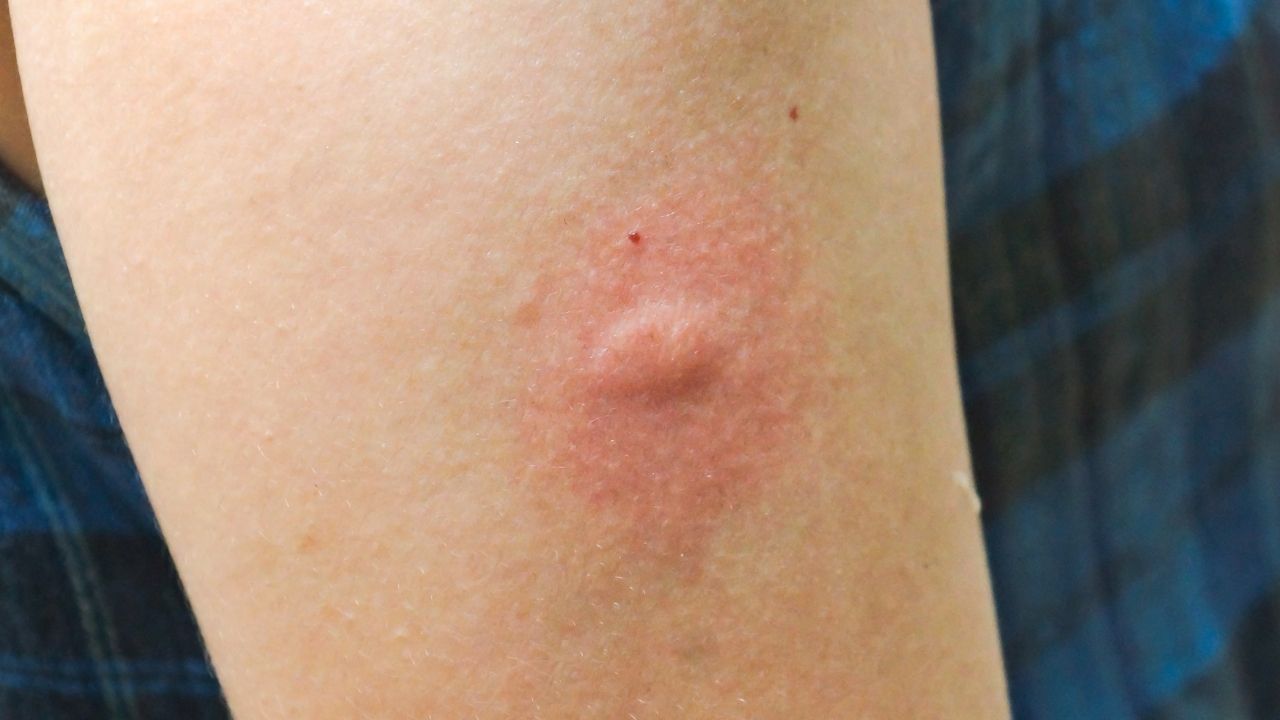
Is Scrub Typhus Curable?
Certainly, it’s not as if scrub typhus is anything that we don’t have a cure for with the right antibiotic. Early diagnosis followed by early implementation of an effective antimicrobial therapy is the cornerstone of success. Early diagnosis and intervention reduce the chances of disease progression and the development of severe and life threatening complications.
Scrub Typhus Diagnosis and Treatment
Early diagnosis, prompt and appropriate treatment are the keys to good management of scrub typhus.
Diagnosis of Scrub Typhus
Diagnosing scrub typhus can be hard, especially in the early stages. Its signs and symptoms are similar to other fevers found in affected areas. A full rounded and multidisciplinary clinical, epidemiological, and laboratory work-up is necessary for confirmation of the diagnosis.
Clinical Assessment: Comprehensive physical examination is important. The typical eschar should be recognized, even if it is not clear at first.
This can happen in intertriginous areas. Fever, headache, muscle pain, and rash, along with swollen lymph nodes, may indicate scrub typhus. This is especially true for people who lived in or visited areas with mites.
Epidemiological History: A detailed history of patient’s recent travel and activities, including rural or vegetated areas endemic for scrub typhus and potential exposure is important. Details of the season of year and local prevalence of the problem may be of use.
Laboratory Investigations: Several laboratory studies can be used to make the diagnosis of scrub typhus, some of them include:
- Serological Tests:Serological testing for antibodies to Orientia tsutsugamushi in the patient’s serum is a widely used diagnostic technique. The serological test known as the indirect immunofluorescence assay (IFA) is the reference standard. Enzyme-linked immunosorbent assays (ELISAs) are also commonly used.
- Molecular Tests: You can find the DNA of Orientia tsutsugamushi in blood samples or skin lesions. This is done using polymerase chain reaction (PCR) tests. PCR helps doctors diagnose diseases faster. This is especially useful in the early stages when antibody levels might be low or missing.
- Eschar Examination: If an eschar is present than , a swab or biopsy of the lesion can be submitted for PCR analysis or immunohistochemical stain to demonstrate the presence of the Orientia tsutsugamushi organism directly.
- Non-Specific Tests: Routine blood tests and liver function tests can show general signs. These may include low white blood cells, low platelets, and high liver enzymes. While these results can support a scrub diagnosis, they are not enough for a definite diagnosis on their own.

Treatment of choice for scrub typhus
The mainstay of treatment for scrub typhus is early use of suitable antibiotics. Efficacy of a number of antibiotics against Orientia tsutsugamushi has been reported. The choice of antibiotic depends on variables such as the timing of presentation, patient age, pregnancy, severity of illness, medical conditions, and allergies. Drugs of choice commonly used for scrub typhus include:
- Doxycycline: Doxycycline: A tetracycline antibiotic, doxycycline is the drug of choice for scrub typhus in adults and children. It is administered orally 100 mg ( two times a day) for 5 to 7 days. Doxycycline is generally well tolerated and most patients experience rapid clinical improvement.
- Azithromycin:Azithromycin is a macrolide that is appropriate for some patients with contraindications or intolerance to doxycycline, including pregnant women. A regimen of single or short course of azithromycin has to be useful in the clinical setting of scrub typhus.
- Chloramphenicol: This drug works well against Orientia tsutsugamushi. However, it is usually not used unless the case is severe. It is also avoided when first-line antibiotics cannot be used. This is due to the risk of serious side effects, like aplastic anemia.
Fever decreases quickly. Other symptoms improve within 24 to 48 hours. This happens if the right antibiotic is started early for scrub typhus fever. Full course antibiotic treatment is necessary to eliminate the bacteria and recurrent infection.
What is the best treatment for scrub typhus?
Doxycycline and azithromycin both work well for scrub typhus. However, doxycycline is often the preferred choice. This is because it is very effective, works quickly, and is low-cost. But the “best” treatment for any given patient must always be chosen by a health care provider based on the patient’s individual clinical picture, comorbidities, allergy history and potential drug interactions.

Can scrub typhus cause death?
It can progress to serious complications and fatal cases if not taken care of or properly treated on time. Disease severity may vary according to the infecting tsutsugamushi strain, general health of the patient, and whether the diagnosis is made and the patient is treated early. Complications Complications of untreated scrub typhus can be life-threatening and may include:
- Serious Pneumonitis: Inflammation of the lungs may cause difficulty breathing and shortness of breath.
- Meningoencephalitis: Inflammation to the brain and its coverings may result in neuro deficits, seizures or coma.
- Myocarditis: Inflammation of your heart muscle can weaken the muscle and cause the heart not to be able to pump blood efficiently and lead to heart failure.
- Acute Kidney Injury: Acute renal failure results from a combination of systemic inflammation and hypoperfusion.
- Hemorrhage: Bleeding episodes as a result of thrombocytopenia and vasculitis can occur.
- Multi-Organ Dysfunction Syndrome (MODS): At times, the failure of several organ systems can result in death.
Thus, early diagnosis and early antibiotics in the management of scrub typhus is essential and could contribute to the substantial reduction of fatal complications and death due to scrub typhus.

How to prevent scrub typhus
Stay Away from Endemic Areas: People should try to avoid places where chiggers are found. This is especially important during times when they are most active, which usually happens after heavy vegetation and humidity.
Protective Clothing: When we are in areas that might have mites, we need to wear protective clothing. This includes long-sleeved shirts, long pants (tucked into socks or boots), and gloves. The mites are more easily observed on light-colored clothing.
Insect Repellents: Use of repellents such as DEE (N,N-diethyl-meta-toluamide) or picaridin applied to exposed skin and clothing can be effective in preventing chigger bites. Repellents should be used in accordance with product instructions, and reapplication (particularly after sweating) may be required. Use clothing with permethrin as an added layer of protection.
Vegetation Management: Lawns and similar green areas can be mowed or cleared. This includes heavy underbrush and litter. Doing this can help reduce chigger habitat in homes and recreational areas.
Public Health Measures: Teaching communities about the risks of scrub typhus can help reduce the disease. Vector control efforts in high-risk areas are also important.
Awareness and Early Detection: It is important to know the symptoms of scrub typhus. This is especially true for people living in or visiting areas where the disease is common. Medical aid should be promptly received if there is onset of fever or sign of suspicious symptoms after a possible exposure to chigger-infected habitats.



